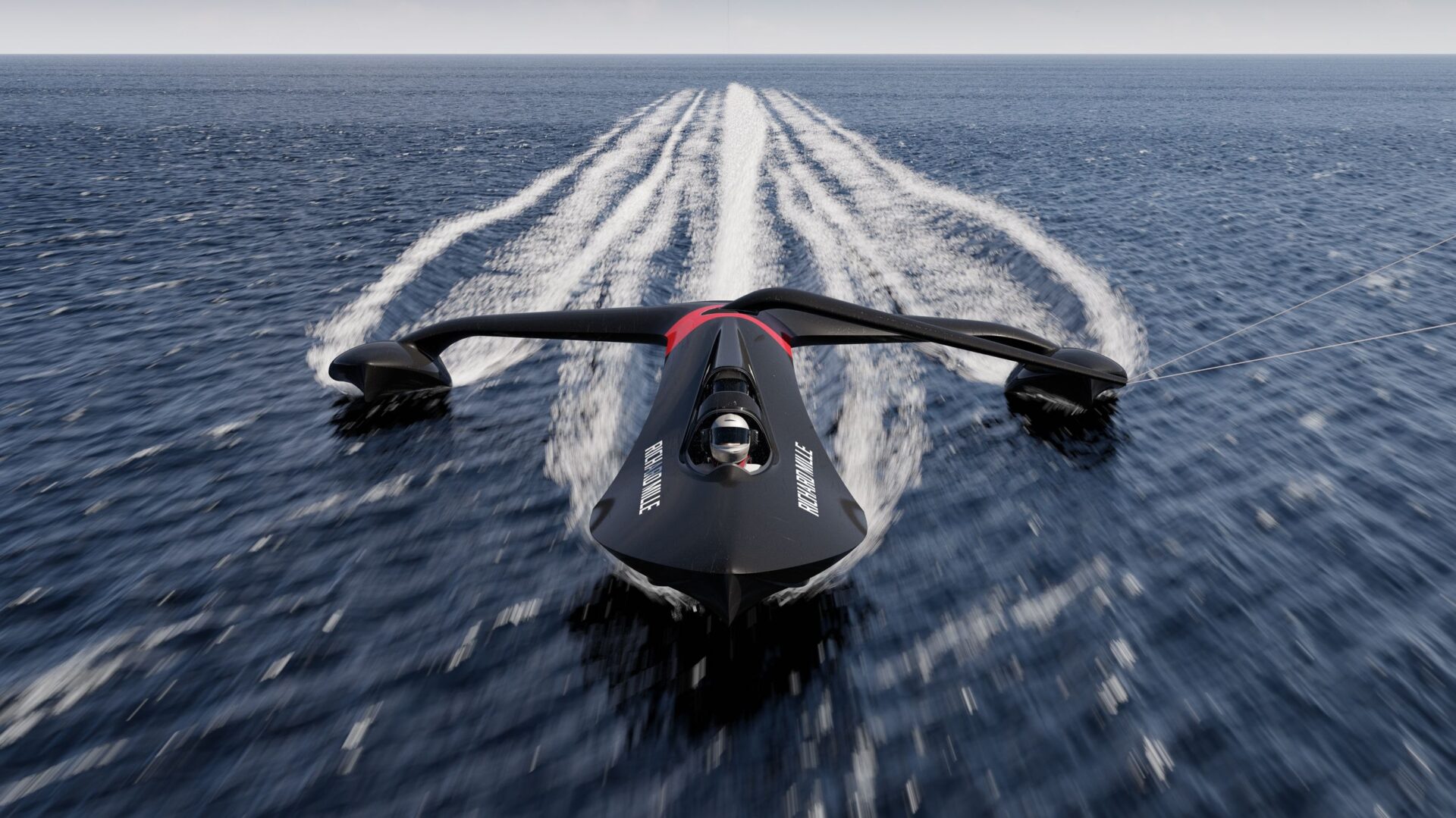Amidst the opulent backdrop of the Monaco Yacht Show, where luxurious superyachts worth billions dominate the scene, a slender 33-foot-long trimaran commands attention. With sponsons gracing both sides, providing a beam just over 19 feet, and a compact enclosed cockpit designed for a pilot and co-pilot, this vessel exudes a futuristic aesthetic, akin to a spacecraft.
However, this remarkable creation, known as the SP80, functions more like a kiteboard, or at least is engineered to mimic one. It boasts an oversized kitesurfing sail, a concept that, in theory, will propel the vessel to an unprecedented record speed of 80 knots or 92 mph, relying solely on the power of the wind.
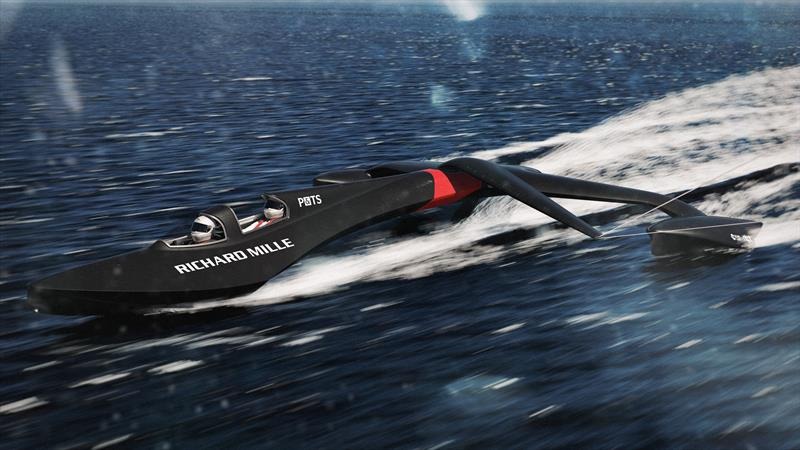
Notably, the SP80 initiative is not a venture backed by substantial resources but a start-up conceived on a shoestring budget by three friends—Mayeul van den Broek, Xavier Lepercq, and Benoit Gaudiot. In 2016, driven by their shared ambition to break the 80-knot barrier, this Switzerland-based group, now expanded to a team of twelve, embarked on their mission. Their objective is to surpass the water-speed record of 65.45 knots or 75 mph, established by Australian Paul Larsen in 2012. However, the timeline for achieving this feat remains uncertain.
The team is pursuing an untested concept by combining massive kitesurfing sails with an experimental hull weighing a mere 330 pounds. Recognizing the need for caution, they are proceeding meticulously, given that there is only one boat, and the margin for potential setbacks is considerable.
The development of the trimaran concept was a meticulous endeavor, requiring more than two years and 40,000 hours of work, encompassing various iterations and design revisions. An additional two years were invested in the construction phase. At the Monaco Yacht Show, the SP80 garners admiration, attracting both gasps of awe and the ubiquitous selfie, often with a Richard Mille poster providing a backdrop. Over the next two weeks, the vessel will undergo sea trials in the French Mediterranean, following its initial launch on Lake Geneva in Switzerland earlier this year, which included a successful tow test behind another boat.
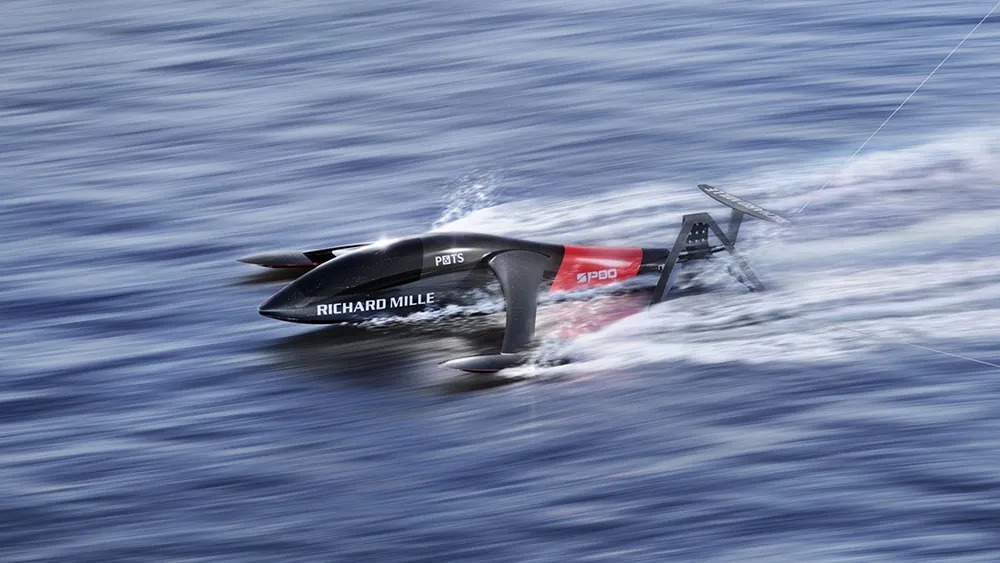
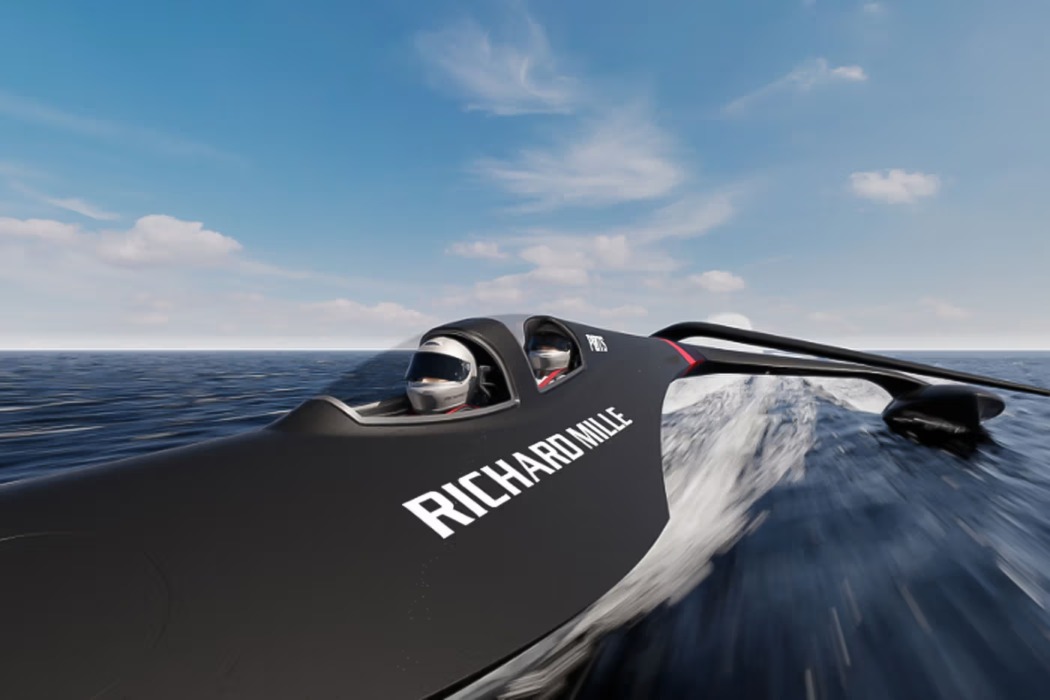
The SP80 is bound by a specific set of rules for breaking the record, limiting its use of electronics or battery banks to adjust the sails and foils, contrasting with the modern America’s Cup or SailGP fleets. Despite facing significantly greater sail loads, the SP80 is mandated to rely solely on wind power.
The foiling system beneath the hull collaborates directly with the sails through an intricate network of lines and connectors, facilitating synchronization between the two systems. When wind conditions are robust enough, the sails propel the boat to its planing speed of 12 knots, causing the hull to elevate on its single foil. Xavier Lepercq, the designer of the hull and sail plan, underscores its self-stabilizing design, but also highlights the imperative need for quick reactions from the pilots once the boat reaches high speeds.
In this context, the two pilots find themselves operating at an exceptional pace for a vessel of this size, navigating conditions that could potentially be hazardous, even life-threatening. The cockpit is framed with Kevlar, a material chosen for its ability to withstand impact without splintering, unlike the carbon-fiber hull in the event of a collision. The forward pilot is responsible for steering, while the rear pilot manages sail adjustments while monitoring a small display to gauge sail positioning.
Both pilots play equally vital roles in handling the boat. In contrast to conventional sailing rigs, there is no mast; instead, a robust connection to the powerful kitesurfing sail takes its place. As Lepercq emphasizes, the handling of the sails requires the expertise of a seasoned kitesurfer like Benoit, who possesses a deep understanding of the dynamics involved at such extraordinary speeds.
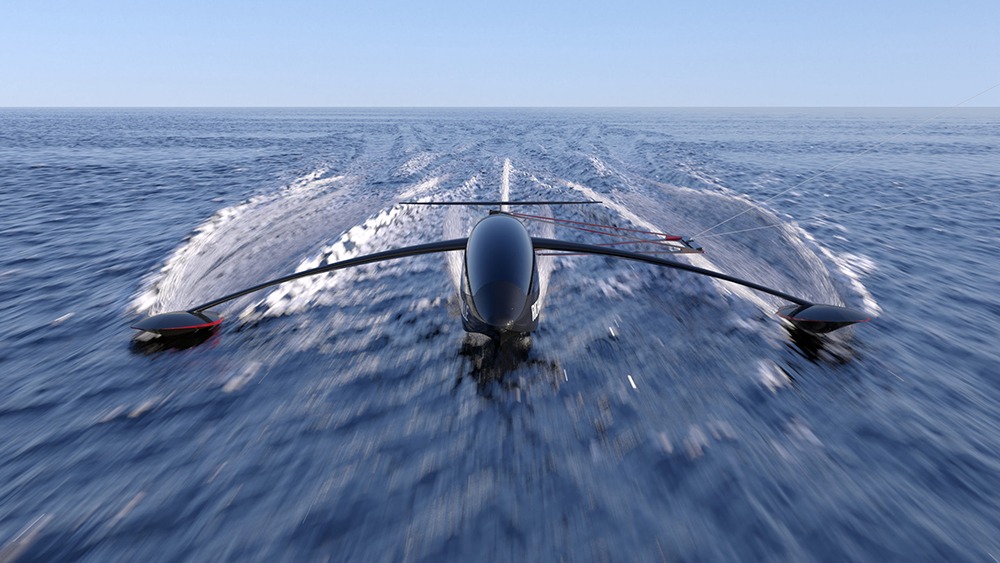
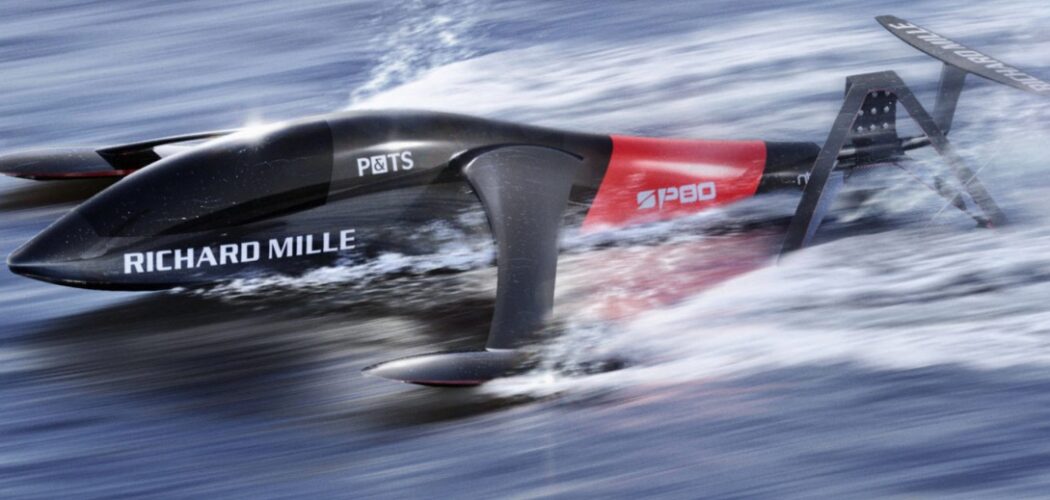
Despite financial constraints, the team has constructed a carbon-fiber vessel engineered to withstand the shocks and stresses inherent to high-speed endeavors. Lepercq anticipates that the true test will come when the boat successfully achieves planing and proves its seaworthiness, with any required adjustments made during initial water tests. The speed record attempt is anticipated to take place when the boat is fully prepared, likely in the coming year.
Nonetheless, other competitors may pose additional pressures. A French rival, Syroco, plans to employ a kitesurfing sail capable of elevating the vessel above the water, albeit anchored by an extended fin below the surface functioning as a sea anchor. Both teams share a natural synergy due to their kite-surfing connections. Thomas Gaudiot, brother of Benoit, is an engineer on the Syroco team. Furthermore, a third competitor, Glenn Ashby, affiliated with the America’s Cup team Emirates New Zealand, may enter the fray. Ashby recently established a land-speed record in an unpowered vessel equipped with a sailing rig on wheels, with assistance from his America’s Cup colleagues.
The ultimate victor in the race to break the record remains uncertain. However, in terms of captivating a wide audience, the SP80 has already made a remarkable impression in Monaco, garnering significant attention.


